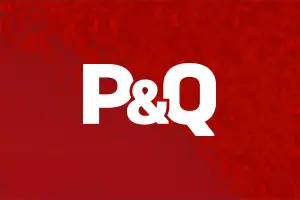Author
Investigations and prosecutions
An MSHA inspector insists on talking to employees privately. Supervisors are also questioned. An MSHA representative asks to meet with all employees on the night shift. A team of inspectors interviews employees and supervisors individually regarding an anonymous hazard complaint. A letter gives notice of an investigation into a mine employee charge of discrimination. MSHA inspectors request company documents while making an inquiry. These are ways MSHA investigations begin. Some investigations are announced – accident and discrimination investigations, for example. Some are initiated more subtly and may initially appear to be routine inspections. The first notice of many investigations, notably special investigations, is when an investigator arrives at the mine. Too often, companies fail to distinguish special investigations from inspections. Important legal rights are at stake. When a mine operator notices MSHA activities are out of the ordinary, the mine may be experiencing something other than a routine inspection. Inspections In a routine inspection, inspectors look for physical evidence of safety or health violations. To prove such violations in court,… Keep Reading
Seriousness of potential injury
In Secretary [of Labor] v. S&S Dredging Company, the Federal Mine Safety and Health Review Commission overturned an administrative law judge who concluded a violation was not “significant and substantial,” as MSHA employs that term for elevated enforcement. The judge had vacated an unwarrantable failure citation because an unwarrantable citation can only be issued if the violation was “S&S.” In reversing the judge’s decision, the commission held this: “The judge erred by limiting S&S violations to those that are reasonably likely to result in injuries that require hospitalization, surgery or require a long period of recuperation.” What the judge considered S&S Dredging was cited for failure to correct a defect on a wheel loader. It had a mounting step that “hung loosely from chains and was unstable.” The next step higher on the loader was stable, but it was “three feet high, bent and caved inward.” The steps had been in this condition for two years according to the company – hence the inspector found “unwarrantable failure.” (There was no indication… Keep Reading
MSHA demands for company files
The United States Court of Appeals for the Seventh Circuit held in Big Ridge v. Federal Mine Safety and Health Review Commission that Congress gave MSHA powerful tools to protect miners, and that those tools include demands to inspect documents. As part of planned audits of accident, injury and illness records at 39 mines, MSHA had demanded that the mines open their employee workers’ compensation and medical records for inspection. When certain mine operators refused, MSHA issued citations and civil penalties of $4,000 per day for each day the records were withheld. Judicial review The Federal Mine Safety and Health Review Commission upheld MSHA’s actions, and the case proceeded to the U.S. Court of Appeals. Agreeing with the commission, the court rejected the operators’ arguments that MSHA was exceeding its authority and depriving them of due process under the Constitution. The court stated: “We agree with the [commission] that MSHA acted within its statutory and constitutional authority both in demanding information that would permit MSHA to verify the accuracy of… Keep Reading










